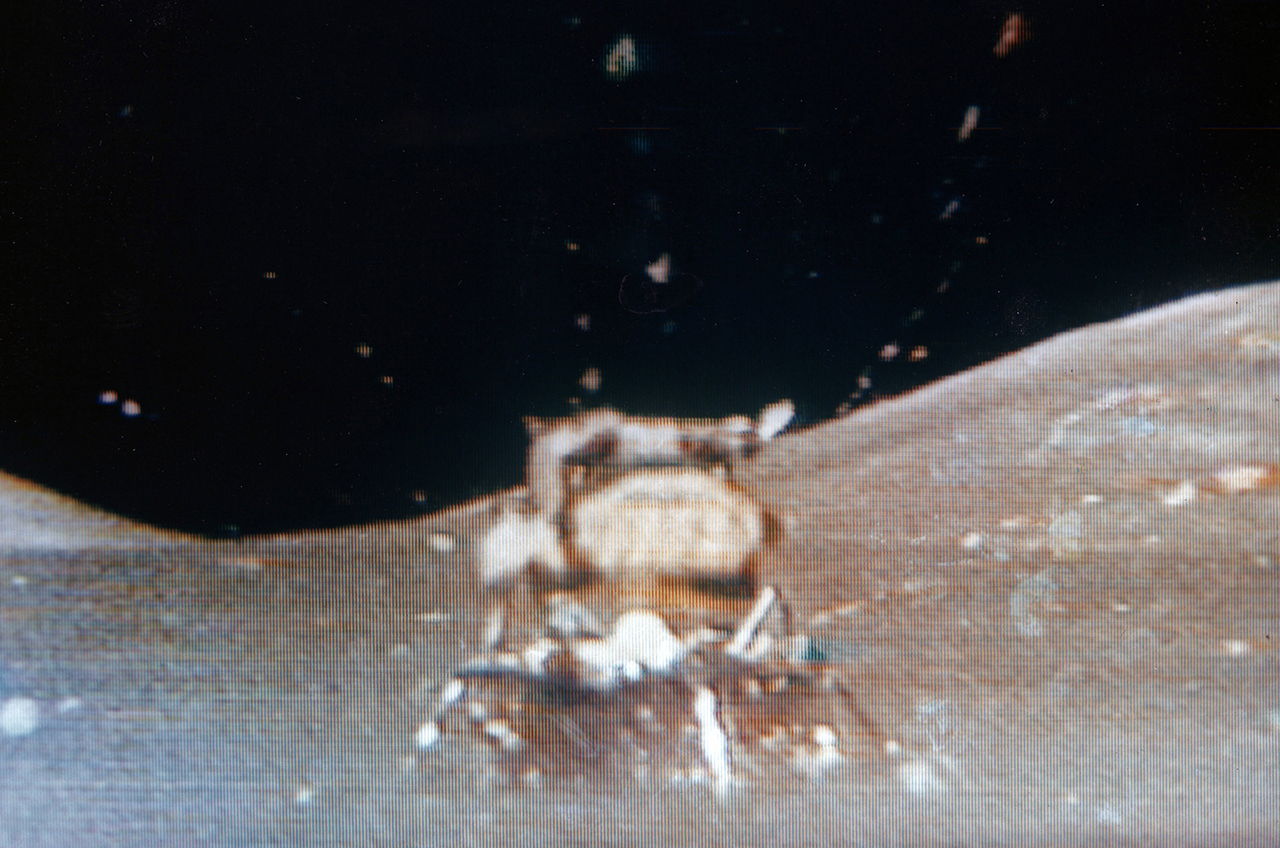NASA Open to Hitching Ride to the Moon, Agency Chief Says

COCOA BEACH, Fla. — The United States has no plans to orchestrate a mission to send astronauts back to the Moon, but if someone else is going NASA wants a seat.
"I have never said the United States is not going back to the lunar surface. I just said that in the foreseeable future, given the budget that NASA currently has and given where we are and what we need technologically if we're going to go to Mars, then it will not be the United States that leads an expedition to the lunar surface," NASA Administrator Charles Bolden told a National Academy of Sciences' medical committee May 30.
"If somebody else is going, we will provide our engineering expertise and the only condition is that I be allowed to send an astronaut as a part of the crew," Bolden told an Institute of Medicine panel which is looking into ethics and health guidelines for future long-duration human spaceflights.
NASA currently plans to follow the international space station program with a series of deep-space expeditions beginning with a human mission to an asteroid by 2025. The agency is studying a hybrid mission that begins by scouting for an appropriate target, helping scientists identify potentially threatening near-Earth objects in the process. Next, NASA would launch a robotic craft to survey, intercept and relocate the selected asteroid into an orbit around the Moon for a future visit by astronauts.
Engineers are looking for a relatively small asteroid about 7-10 meters in diameter, so that if it accidentally ended up on a collision course with Earth, it would burn up in the atmosphere and not cause any damage.
"I am told that if we screw it up, if we try to capture it and we perturb it and we deflect it toward Earth, we will not destroy civilization. We won't even hurt a car because it won't make it through the atmosphere," Bolden said.
The mission is envisioned as an early stepping-stone toward eventually learning how to alter the course of a larger, potentially threatening, asteroid in the future.
Get the Space.com Newsletter
Breaking space news, the latest updates on rocket launches, skywatching events and more!
This story was provided by Space News, dedicated to covering all aspects of the space industry.
Join our Space Forums to keep talking space on the latest missions, night sky and more! And if you have a news tip, correction or comment, let us know at: community@space.com.

Irene Klotz is a founding member and long-time contributor to Space.com. She concurrently spent 25 years as a wire service reporter and freelance writer, specializing in space exploration, planetary science, astronomy and the search for life beyond Earth. A graduate of Northwestern University, Irene currently serves as Space Editor for Aviation Week & Space Technology.
